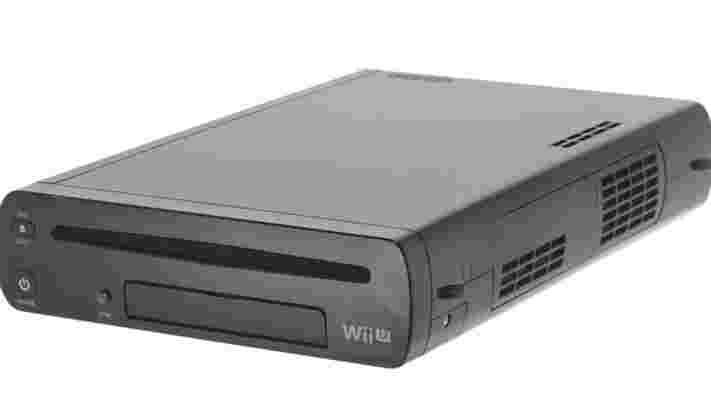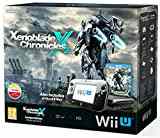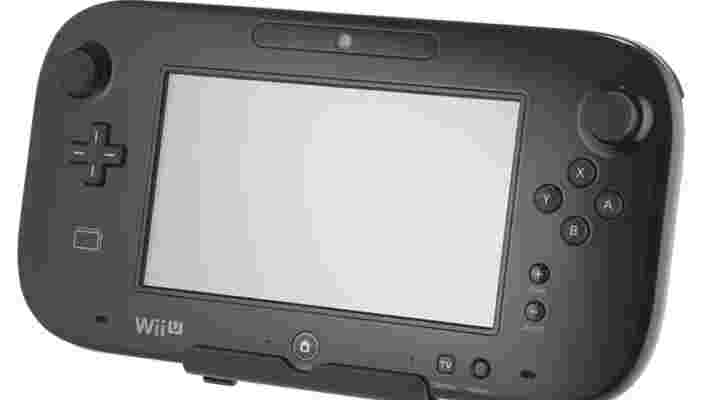The Wii U is officially dead, but its legacy lives on with the far-better planned and delivered Nintendo Switch. While the Wii U struggled to capture public imagination, the Switch got off to an incredible start, and has already sold more units after just a year on the shelf .
When I said the legacy lives on, I wasn't kidding: many of the Switch's best-selling games are direct ports of Wii U titles. Mario Kart 8, Zelda: Breath of the Wild, Donkey Kong: Tropical Freeze and Bayonetta 2 have all been ported, while Splatoon has seen a sequel. In short, if you want a Nintendo console, and can afford the extra, the Switch pretty much has the best of both worlds, with a few exceptions (no sign of a Pikmin 3 port yet.)
That said, while the Switch is hanging on doggedly to its £280 price, the Wii U is very easy to get on the cheap. Usuaully available for under £100 and with games going for low prices too, it makes for a great 'first console' – and for local co-op games, it's still hard to beat. Combine that with the fact it runs games from the Wii's huge library and there's still a very compelling reason to buy Nintendo's last console, even in 2018.
Katherine's original review continues below

^ The console itself looks like a rounded version of the Wii - no bad thing given its compact size
So how does the Wii U shape up against other available consoles? Well, its IBM PowerPC 750-based three-core CPU, 2GB of RAM and AMD Radeon High Definition GPU pale in comparison to what's inside the PS4 and Xbox One, both of which have eight-core AMD APUs and 8GB of RAM, but it still plays games in Full HD.
What's more, as anyone who’s stuck by Nintendo will know, the heart of any Nintendo console has never really been about nitty-gritty numbers and processor clock speeds. Instead, it’s about packing as many fun and bizarre features into the hardware as possible - and if anything truly exemplifies this, it’s the Wii U’s controller, the Wii U GamePad.


Wii U GamePad controller
When Nintendo first revealed the Wii U back in the middle of 2011, it rightly chose to show off the GamePad first, because it’s here where most of the magic happens. Measuring 259x135x23mm, it’s almost like a giant Game Boy Advance. Despite its size, it’s incredibly light to hold in your hands, and its contours have been perfectly moulded to the shape of your palms. Its four trigger buttons sit very comfortably underneath your index and middle fingers, and its smooth curves offer the perfect amount of grip.

^ The tablet-like controller is very clever and lets you interact with the action onscreen in several ways
Its most unusual feature, though, is its 6.2in touchscreen - which sits in between two clickable analogue sticks, a D-pad, four face buttons, an NFC reader for Nintendo's amiibo figures and two small Start and Select buttons. The screen features the same resistive technology as the 3DS, so it needs a firm tap for your touch to register, rather than the merest brush of more common capacitative screens. It does come with a stylus which slots neatly into the back of the controller, though, just in case you don’t want to smear your fingers all over it. Its 854x480 resolution provides a crisp and vivid display, making it the perfect companion for the Wii U’s other unique feature, Off-TV Play.
Off-TV play
Not all games support Off-TV Play, but those that do allow you to play the entire game just on the GamePad. You don’t have to have the TV turned on in order to get started, as all the Wii U’s menus can be accessed through the GamePad via the Home button. It also means you can continue playing if someone else wants to watch something on TV, which easily makes it the most family-friendly console ever made.
We tried out the Off-TV Play feature on New Super Mario Bros. U, and the experience was just as seamless as playing it on the big screen. There's no processing power in the GamePad itself. Instead, the console is still doing the work, and then wirelessly beaming the video to the device.
We had no lag whatsoever between inputting our controls and having them fired back at the GamePad display, but we did find its transmission reach to be slightly restrictive. We could comfortably sit in the next room while playing on the GamePad, but the signal started wearing thin when we moved anywhere with two walls in between us and the console, and we barely made it to the top of the stairs before the signal cut out altogether. Still, we managed to get a good ten metres away from the console, so depending on the layout of your home you might just be able to get away with the all-important 'playing it on the loo' test.
Off-TV Play isn't the GamePad's only party trick. There’s also built in rumble, a microphone, 9-axis motion sensors (a 3-axis accelerometer, a 3-axis gyroscope, and a 3-axis geomagnetic sensor) and internal speakers so you can still hear everything if you’re playing away from the console and TV. The speakers themselves were very good substitutes for the TV, but there’s also a headphone jack (and volume slider) on top of the controller if required.
It’s not just games you can use the GamePad for. It can also be used as an impromptu TV remote (even when the Wii U is turned off), and its front-facing camera can be used to call your friends in the Wii U Chat app. Nintendo haven’t yet revealed how many megapixels the camera has, but we were quite impressed with it during our tests. Colours were a little washed out, but we didn't experience any connectivity issues while trying it out, and our conversations were clear and lag-free.
Wii U Chat isn't some run-of-the-mill Skype rip-off either, as in true Nintendo style, you can also add a dash of humour to your conversations by drawing on the screen with the stylus. Whether you want to give your friend a comedy moustache or write them a message, it’s a fun and quirky feature that livens up an otherwise pretty ordinary chat app, and it’s particularly great for filling in any awkward silences.
Unfortunately, the GamePad's one flaw is that it doesn't have a particularly great battery life. Nintendo claims it will last for roughly 3 to 5 hours of play depending on the brightness of the screen, but thankfully you can still use it while it’s charging.
Ports and connections
The main console also houses numerous new software features that make it so much more than simply an HD Wii. You might not think it from looking at it, though, as from the outside, it actually looks very similar to its predecessor. It’s 50mm longer and 9mm taller, but otherwise its overall design remains largely unchanged.
Apart from the newly added HDMI output, the Wii U still has a SD/SDHC card reader next to the disc tray, and it still has two USB2 ports round the back, although Nintendo’s now increased this to a total of four by placing two more USB ports in with the SD reader. Since the console is backwards-compatible with the Wii, there’s also a port for the Wii Remote sensor bar around the back, as well the same AV multi-out port.
